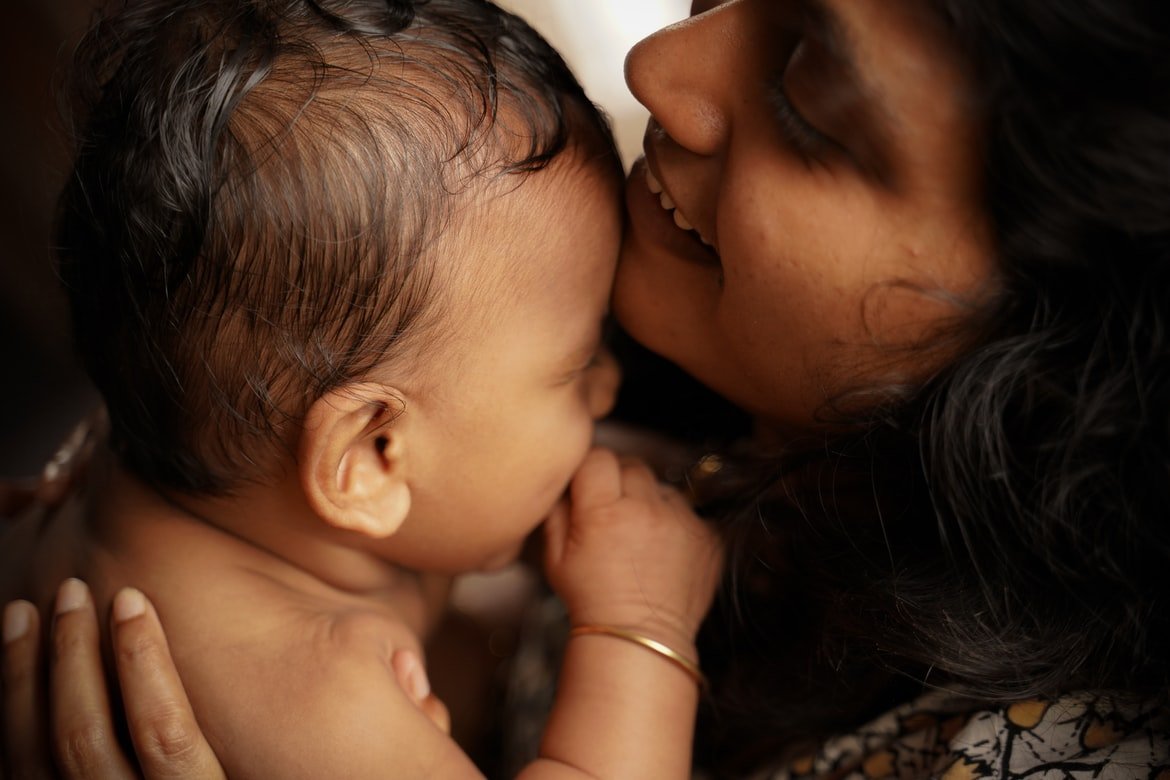People nowadays are coming to the fore to adopt a child. Infertility might not always be the reason behind going for adoption. Some parents choose to adopt a child even when they have a biological kid of their own. Deepak Kumar, CEO, CARA (Central Adoption Resource Authority) affirmed that there has been a substantial increase in the number of people registering for adoption, and surprisingly inability to conceive a child naturally is not always the reason behind adoption.
But first of all, what is CARA, and its role in adoption?
CARA, Central Adoption Resource Authority, is the nodal body for the adoption of Indian children and is instructed to encourage and simplify intra-country and inter-country adoptions.
Prospective parents are mandated to follow the guidelines laid down by CARA in order to adopt a child as per the laws in India.
The country has 3374 domestic and 653 inter-country adoptions in the financial year 2018-19.
“You’ll be happy to know that most people are adopting girl children these days. There has been a societal change in terms of awareness but we still have a long way to go,” said Kumar.
What we need today is more awareness among people for increased acceptance of adoption in the years to come, he added further. One good way to execute such is sensitizing not just parents but the future generation in schools and other institutions as well in that regard. We need to embed the thought in mind that adoption is not a charity. It is all about taking complete responsibility for a child as you give them a home and family, without discriminating between the one you bore and the other you chose. Therefore, if you’re considering adoption then here are a few things we need to be knowledgeable about.
The eligibility
According to the Adoption Regulations 2017 and per Juvenile Justice (Care and Protection of Children) Act, 2015, issued by the Ministry of Women and Child Development:
- The prospective adoptive parents (PAP) “should be physically, mentally and emotionally stable, financially capable and shall not have any life-threatening medical condition.”
- A person can adopt irrespective of their marital status and whether or not he or she has a biological son or daughter.
- A single female can adopt a child of any gender but a single male shall not be eligible to adopt a girl child. In the case of a married couple, both spouses should give their consent for adoption.
- “No child shall be given in adoption to a couple unless they have at least two years of stable marital relationship,” mentioned the regulations.
- Couples with three or more children shall not be considered for adoption “except in case of special need children”, “hard to place children” and in case of “relative adoption and adoption by step-parent”.
Along with resident and non-resident Indians, overseas citizens of India and foreign parents can adopt children from the country.
Are there any age limitations?
To adopt a child less than four years old, the maximum composite age is 90 in the case of a couple and 45 in the case of a single parent. For adopting a child above four years old, the maximum composite age for a couple is 100 while the maximum age for a single parent is 50 years. For adopting a child between eight and 18 years, the maximum age is 110 and 55 years for a couple and a single PAP respectively.
Which child is categorized fit for adoption?
The child could be an “orphan, abandoned and surrendered child, declared legally free for adoption by the Child Welfare Committee”, or a “child or children of the spouse from an earlier marriage, surrendered by the biological parent(s) for adoption by the step-parent”. One can also adopt a child of a relative as defined under sub-section 52 of Section 2 of the Juvenile Justice Act, 2015.
As mentioned in the regulations, the minimum age difference between the child and either of the PAP should not be less than 25 years. This, however, is not applicable in the case of relative or step-parent adoptions.





